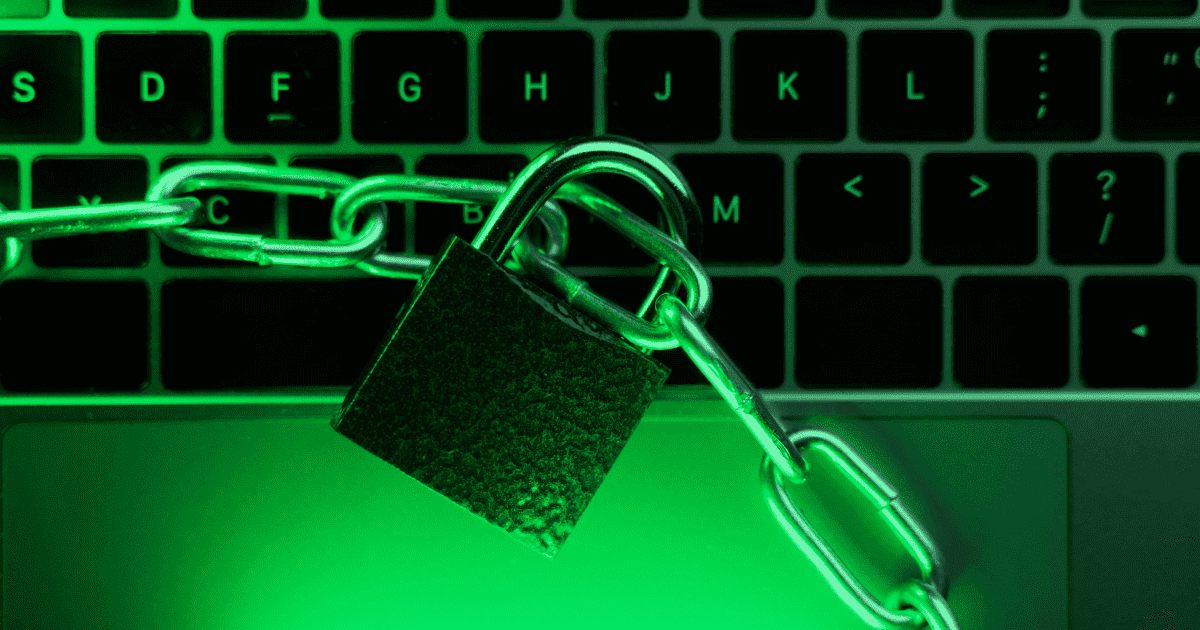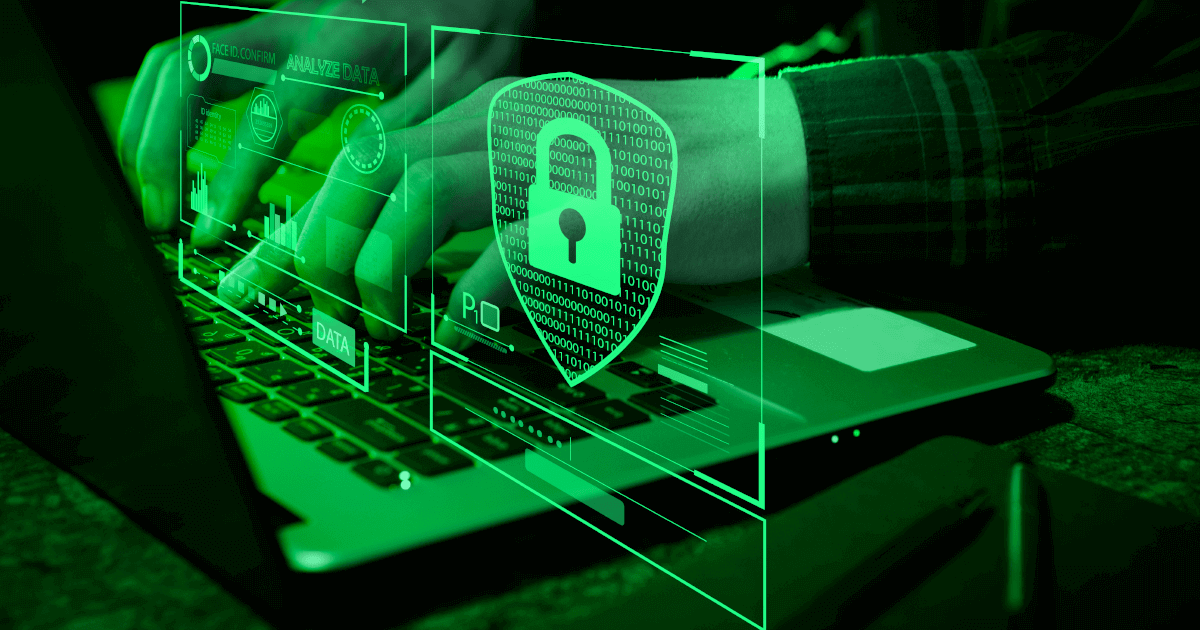As remote work has become the norm for many industries, cybercriminals have adapted their tactics to target user credentials. One such threat is the re-login attack, where stolen session IDs are used to hijack accounts. With so many employees accessing systems outside the office perimeter, defending credentials requires a multi-layered strategy. This comprehensive guide will explore the top techniques organizations can implement to strengthen security and prevent unauthorized access.
Implementing Robust Multi-Factor Authentication
One of the most impactful defenses against re-login attacks is multi-factor authentication (MFA). Requiring a second form of identification makes accounts significantly more difficult to compromise, even with stolen login data. Leading companies now mandate MFA for all user accounts and privileged systems. Common MFA methods include one-time passwords through an authenticator app, security keys, or biometrics like fingerprint or facial recognition. Implementing a policy to enable MFA sits at the core of any effective cybersecurity program.
Enforcing Encryption of Sensitive Sessions
Another critical control is encrypting network traffic containing login credentials and session tokens. Attackers often intercept these in plain text to hijack user sessions. Transport Layer Security (TLS) encryption renders intercepted data useless. Services must only be accessed over HTTPS to prevent session hijacking. Organizations should also implement a solution that retroactively encrypts login data transmitted over unencrypted connections. Encryption is a must to block credential theft in transit.
Limiting Session Timeouts
Shortening the duration of user sessions before requiring reauthentication limits the window attackers have to exploit stolen credentials. A best practice is setting timeouts to 15 minutes or less for standard users and 5 minutes or less for privileged accounts. This ensures that even if an account is compromised, the impact is temporary. Session timeout policies should be customized based on the sensitivity of data and systems users can access.
Monitoring for Abnormal User Behavior
Robust user activity monitoring helps detect suspicious login patterns that may indicate credential theft. Logs should be analyzed for anomalies like concurrent sessions from different IP addresses, logins from unfamiliar locations, or access outside of regular work hours. Alerts can then automatically terminate potentially compromised sessions and lock accounts for review. Anomaly detection solutions are a must-have for any security-conscious organization.
Implementing Role-Based Access Controls
Granular access management restricts what systems, data, and functions each user can access based on their job role. For example, limiting financial staff to only the accounting module prevents lateral movement if their credentials are stolen. Role-based access control (RBAC) minimizes the impact of credential theft when combined with other defenses. RBAC should be used wherever possible to enforce least privilege access.
Educating Users on Secure Practices
While technical controls take priority, training users on secure behaviors strengthens the human firewall. Reminders on choosing strong, unique passwords for all accounts, avoiding credentials reuse, and vigilance against phishing make the workforce a robust layer of prevention. Security awareness programs should be ongoing to combat evolving social engineering tactics. An informed user community is critical to mitigating cyber risks.
Conclusion
Re-login attacks present a serious threat as more employees work remotely. However, implementing robust multi-factor authentication, encryption, session management policies, activity monitoring, access controls, and security awareness training provides a layered defense that can effectively mitigate this risk. Staying vigilant against credential theft requires constant evaluation and optimization of people, processes, and technologies.



